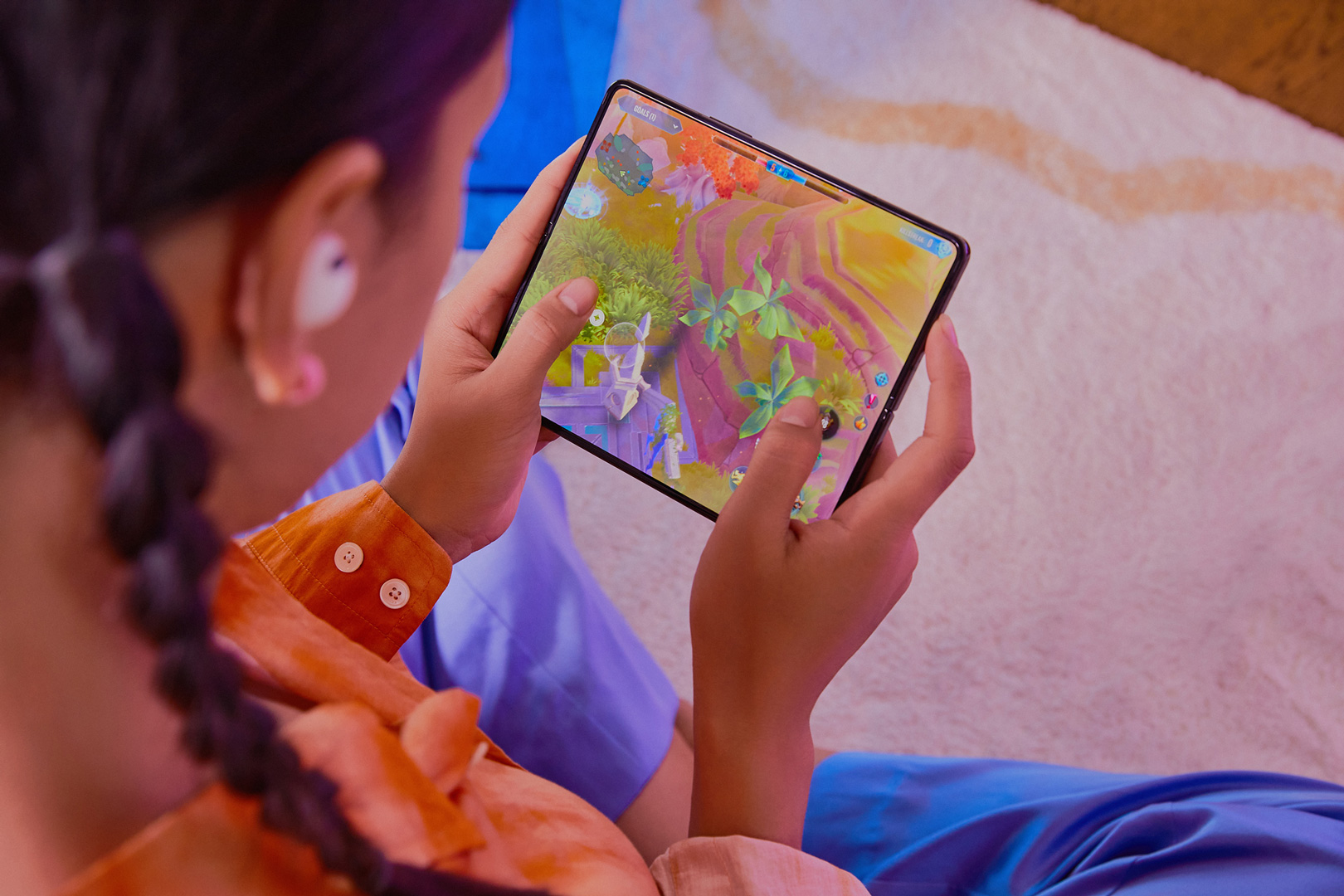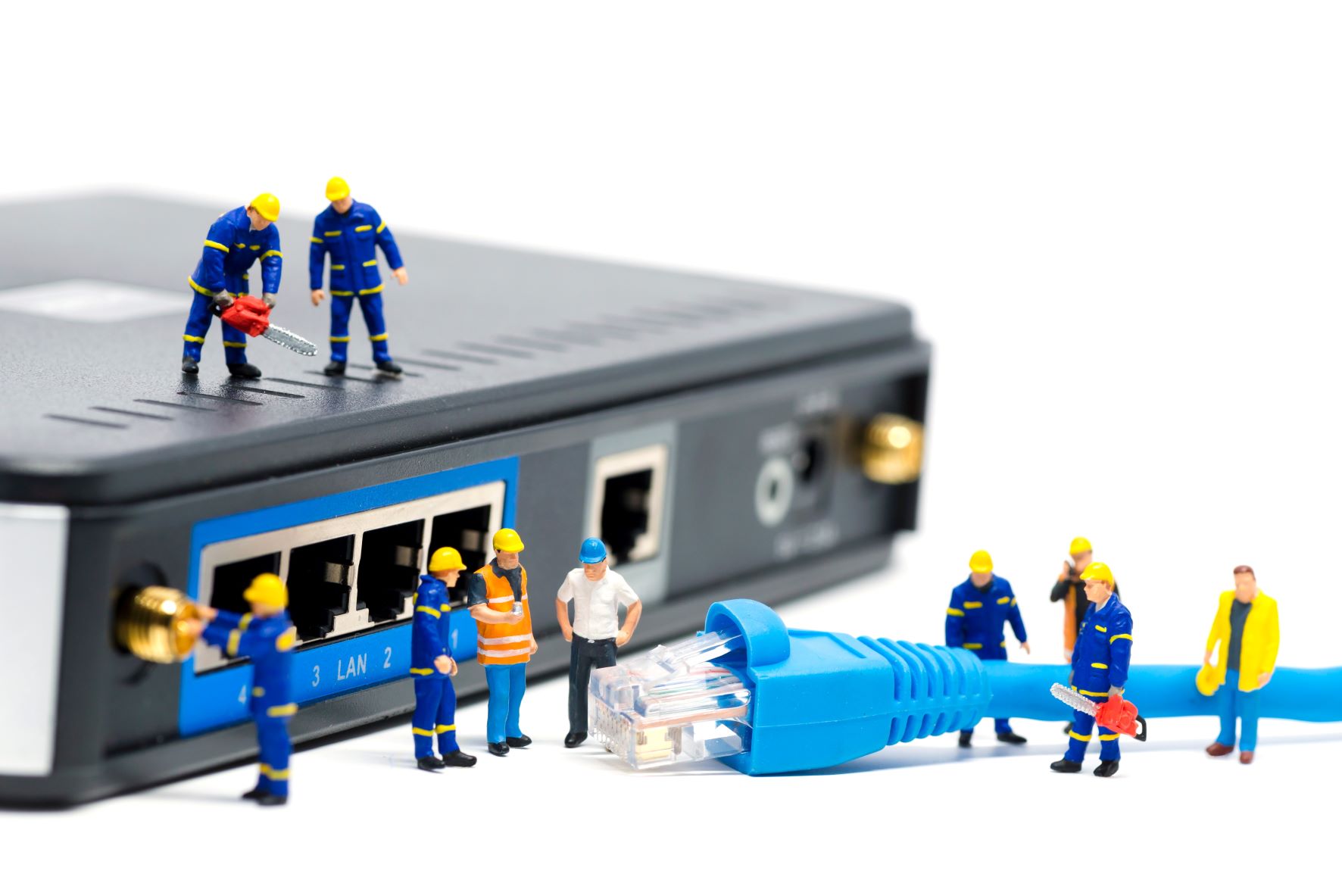
Full fibre broadband is in the news a lot, but there are crucial differences between the types you can get. We explain what those are and why it matters.
Everyone wants the fastest possible internet speeds which only fibre broadband services, such as Vodafone Pro Broadband, can provide. There is an important wrinkle though: there are two types of fibre broadband and the differences between the two are so important that they’re worth remembering when choosing an ISP (Internet Service Provider).
What is Full Fibre?
On paper, fibre broadband uses incredibly high-speed fibre optic cables to send and receive data instead of the copper telephone wiring used by older types of broadband. However, many of the fibre broadband connections in the UK only use fibre optic cables up to the telephone wiring cabinet on your street – this is why such connections are called Fibre To The Cabinet (or FTTC). On the final stretch to your home, data is carried over copper cables – not fibre.
This is very different from full fibre services such as those available through Vodafone Pro Broadband. Also known as Fibre To The Home or Fibre To the Premises (FTTH or FTTP) services, here fibre-optic cables are used for every stage of the connection from your home to the wider Internet.
Does that alphabet soup of FTTP and FTTC actually make a real difference?
All of that might seem like a small technical quibble, but the resulting effect on internet speeds can be dramatic. On a full fibre Vodafone Pro Broadband connection, download speeds can be around 15 times faster than a FTTC connection – a top speed of 910Mbps instead of around 67Mbps. This is only possible because fibre cables are used every inch of the way to your home, hence the name Fibre To The Home.
67Mbps sounds fast enough for me and my needs!
67Mbps will indeed be more than good enough for many. Full fibre comes into its own in busy households and workplaces. When each family member, housemate or employee has their own laptop, smartphone and tablet – not to mention shared devices such as games consoles, streaming sticks and smart TVs – your broadband connection can become congested, leading to slowdowns for everyone.




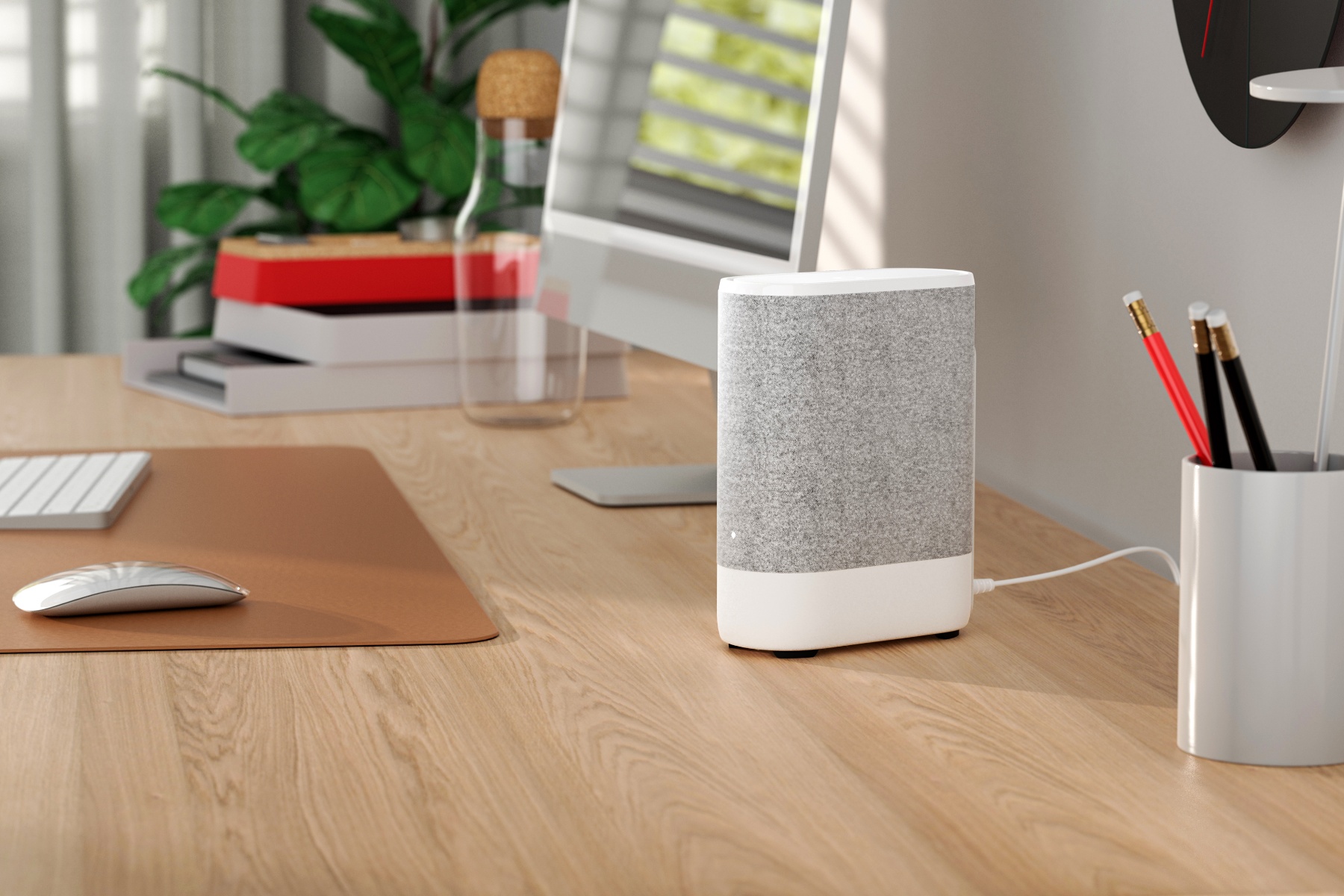
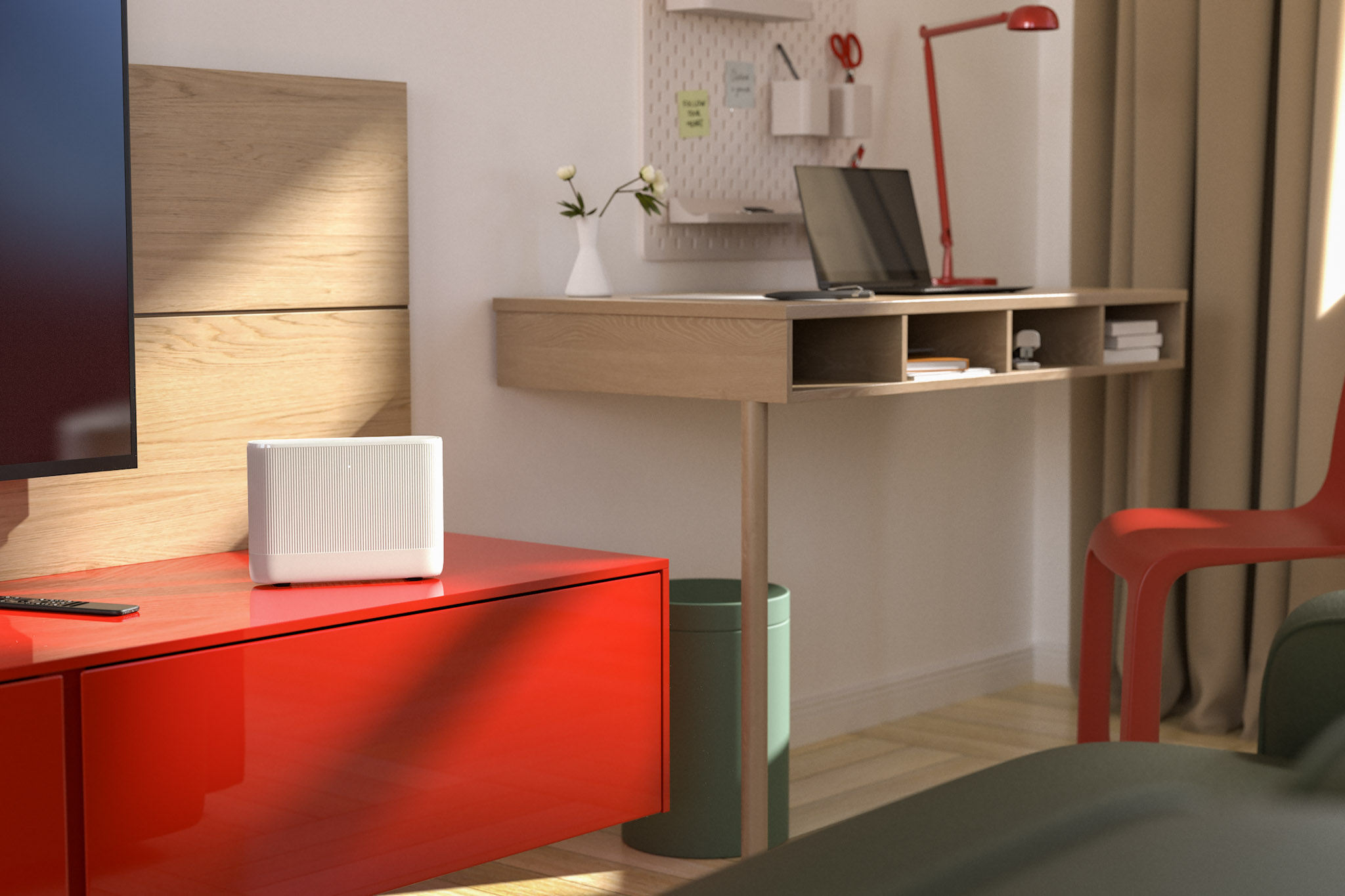
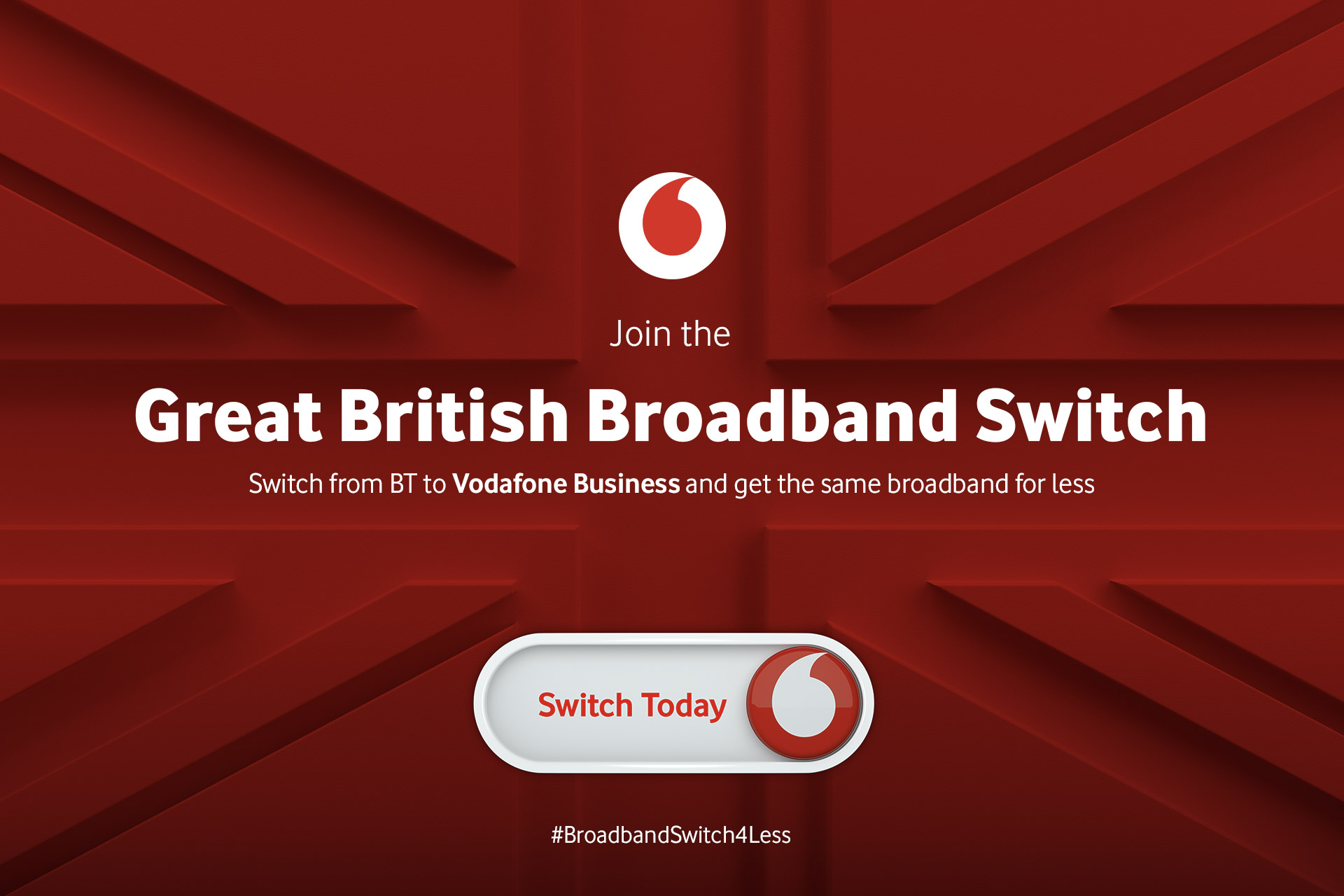

![1-Happy teenage girl in headphonesm playing games[Adobe Stock] stock image of a teenage girl playing games on a PC while another teenage girl in the background plays games on a smartphone](https://www.vodafone.co.uk/newscentre/app/uploads/2023/12/1-Happy-teenage-girl-in-headphonesm-playing-gamesAdobe-Stock.jpg)
